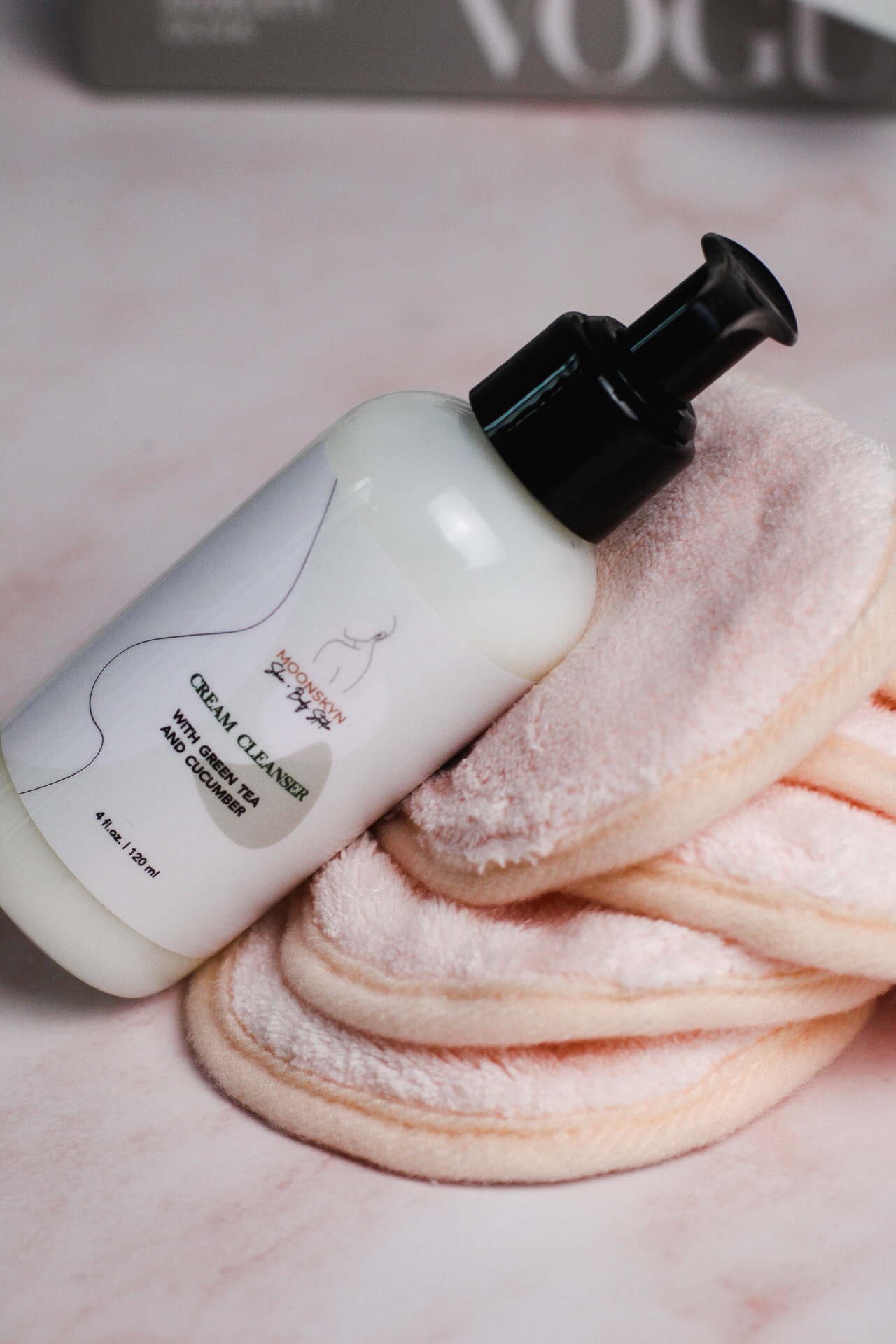Transitioning from Summer to Fall
How to Care for Your Skin in the Fall
The incoming changing weather and colder temperatures will quickly deplete your skin of moisture and nutrients, leaving it dull and dry. A majority of us living in harsher climates feel the effects of the cold air and wind every single day during the winter months. This leads to daily dryness and flaking on the skin, even when using emollient/creamy moisturizers. We become accustomed to functioning in below freezing temperatures, but our skin does not. Our skin is slow to adjust to the changes, causing increased dryness that equates to a rise in skin sensitivity and a breakdown in skin barrier function over time.
Breakouts
During Summer, our skin is more on the oily side. The oil dissapears during Fall and we have to repair the damage from dryness and dullskin. There are a few different ways to do this, and one of the best is exfoliating. This will help you to unclog your pores and give your skin a deep clean.
Come to Moonskyn for a professional chemical peel or do at home exfoliation with our Exfoliating Antioxidant mask and our Hydrating mist. For smooth skin that looks shapelier, refresh your skin with products such as serums or treatments with acids such as glycolic, lactic, and salicylic acids. These will help reduce pore size and purge them of any dirt, oil, or bacteria that has accumulated.

Dryness
Now that the air is dryer and the temperatures are cooler, it’s easy for skin to lose moisture. To replenish hydration, use a product that contains hyaluronic acid. Hydrating Mist.
We also swear by our Moon Oil. Perfect for all skin types (yes, even oily) it works by balancing out your skins natural oils and perfecting your complexion. We use this last in our routine to lock in our products!
OPT FOR GENTLE CLEANSERS
Summer calls for gel-based or foaming cleansers that decrease oil production while encouraging cell turnover. But in the winter, you should use cream-based cleansers or those with moisturizers because your skin produces less oil then. Using to many exfoliants can add to more dryness.

Switch to a thicker moisturizer
The cold air outside is drying out your skin, so it’s important to use moisturizing products inside. But what happens if you’re already using moisturizer? There are many different types of moisturizers, but the most common are oil-based or water-based. Oil-based moisturizers are thicker and better for dry skin. Water-based moisturizers are more easily absorbed by your skin and work well for combination or oily skin. If your skin is dry and sensitive, it’s probably best to use an oil-based moisturizer and avoid using products with alcohol and fragrance. If you have oily skin, like me, I would recommend using a water-based moisturizer instead of an oil-based one. This way, your skin will absorb the moisture without getting greasy.
Vitamin C, always
In the colder months, you'll want to be sure that you're giving your face and body the extra protection and nourishment they need. Vitamin C is one of the best ingredients out there for protection and nourishment! Vitamin C works double duty in the colder months and helps combat SPF rays that aren't fully blocked by your sunscreen. It also evens skin pigmentation, which helps to boost collagen production resulting in a brighter complexion.
1. Vitamin C serum: A vitamin C serum is a great way to add an extra layer of protection to your skin when it needs it most in the winter. Our Vitamin C serum is 20% vitamin C with vitamin E and ferulic acid, it has Hylaluronic acid for added plumpless and hydration. It’s lightweight and quickly absorbed into the skin without any irritation or stinging. This serum can also be used after the Hydrating mist for added benefits such as Niacinamide (Vitamin B3) for overall brightening and anti-aging.
2. Retinol: Retinol is another powerful antioxidant that helps fade dark spots, boosts collagen production, and combats

